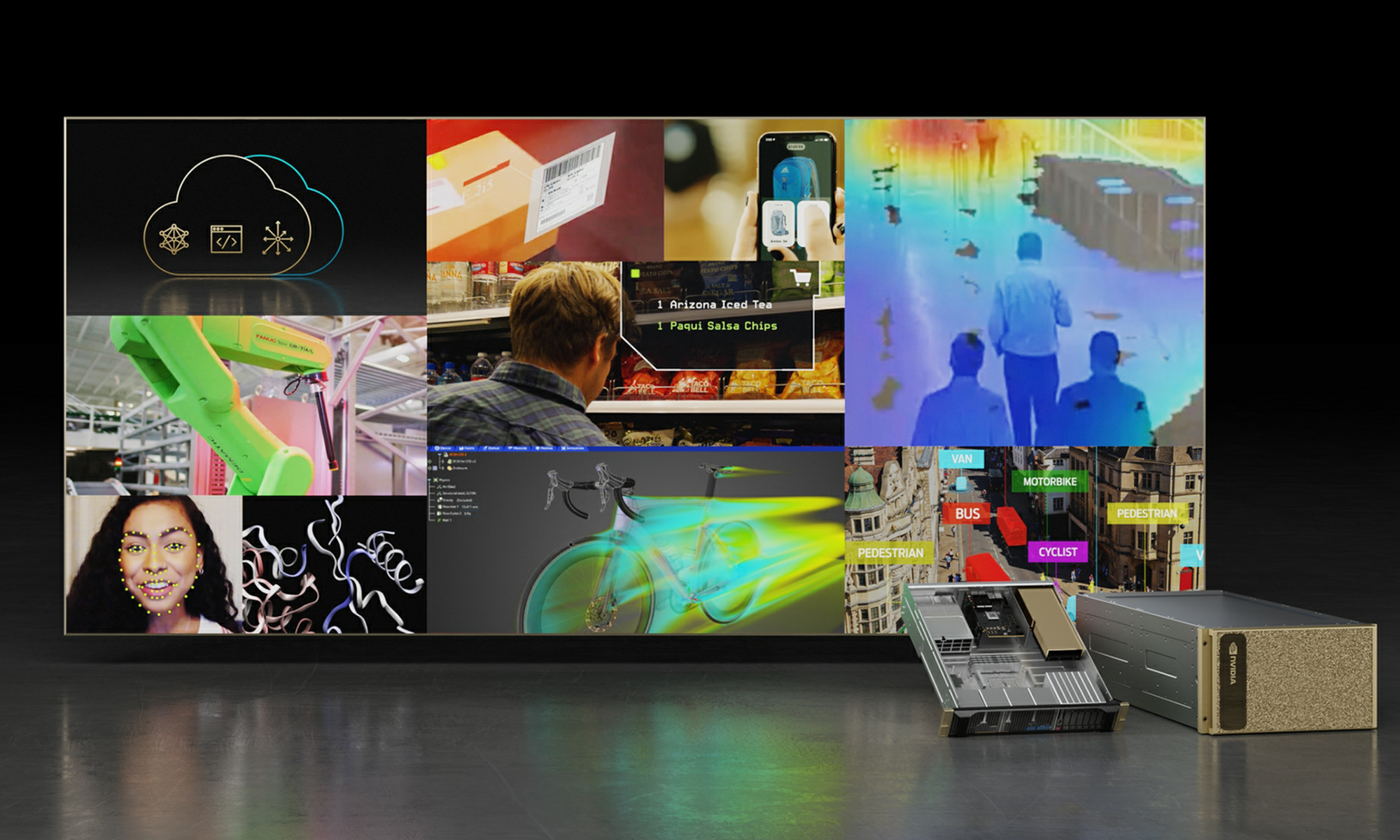Nvidia (NVDA 0.53%) stock has seen some volatile trading lately. After sinking in response to concerns about the demand outlook for advanced artificial intelligence (AI) hardware and new import taxes that threatened to destabilize global trade, the company's share price benefited from explosive rebound momentum after the Trump administration announced a softening of its tariff policies.
With Nvidia stock surging following the Trump administration's shift on tariff policies, investors may be wondering whether it's now too late to buy into the stock. Read on for a look at what two Motley Fool contributors think Nvidia's prospects are over the next three years.

Image source: Getty Images.
Nvidia will likely retain a formidable lead in AI processors and software services
Keith Noonan: Nvidia has been at the forefront of advanced graphics processing units (GPUs) and accelerators since the AI revolution started rapidly gaining steam a couple of years ago. Thus far, there's little indication that competitors, including Advanced Micro Devices and Intel, are catching up to the company. Meaningful advances for Chinese designers, including Huawei, could emerge at some point, but it looks like demand for those processors will be largely concentrated in China and its allies.
With AI potentially providing major competitive advantages for both companies and governments, there will continue to be massive incentives to invest heavily in the kind of high-powered hardware that Nvidia has a big edge in. Even better, the company has strengthened its competitive moat through its CUDA software platform, which helps developers get the most out of AI processors. This will likely make it very difficult for AMD, Intel, and other players to beat Nvidia in the space.

NASDAQ: NVDA
Key Data Points
With Nvidia posting great sales and margins, it's also got more flexibility to experiment in other potentially explosive categories, including agentic AI software and robotics. Rivals, including AMD and Intel, are having a hard enough time competing in the AI processor space, and that hypothetically leaves them with less flexibility when it comes to spending big to branch outside their core competencies.
With significant macroeconomic and geopolitical uncertainty on the horizon, there's a good chance that Nvidia stock will continue to see significant volatility this year. On the other hand, the company's strength in the AI processor space should continue to help Nvidia score strong sales and earnings and also facilitate pushes into other business categories. Nvidia still faces some substantial risks over the next three years, but I think the most pressing risk factors for the stock are potential macroeconomic and geopolitical dynamics that extend to the market at large.
Nvidia could tempt value investors right now
Jennifer Saibil: Nvidia had been a winning stock for years before it became a household name in the age of generative AI. Some uncertainties about the future, however, make it harder to determine where it could be in three years and whether it's worth buying today.
It was a success in the past for its gaming products, but it became a household name thanks to its dominant position in the quickly expanding generative AI sector. Explosive demand for its GPUs continues, with sales jumping 78% year over year in fiscal 2025's fourth quarter (ended Jan. 26) to $39 billion. Looking ahead, management guidance called for sales to increase 65% in fiscal 2026's first quarter. CEO Jensen Huang said the continuing incredible demand can be attributed to the company's newest generation of AI products under the Blackwell name.
Management noted how far-reaching and multilayered its opportunity is. Its products now serve multiple industries beyond internet and technology, and they are put to use in many more ways than before. Of particular relevance is the growing demand for GPU-driven data centers, or what Nvidia management calls AI factories. The entire paradigm of how a data center works is changing, with more emphasis on machine learning and generative AI, ramping up the data center market opportunity from $1 trillion to $2 trillion. This is of particular relevance because data centers now account for 88% of Nvidia's revenue.
As with any new technology, new competition will try to copy a good thing and try to do it for a cheaper price. Top tech companies like Amazon and Apple are working to design specialized GPUs at a lower cost to drive at least some part of their operations, even if they still rely on Nvidia for the moment. That means even if the opportunity is growing, Nvidia's share of it might not increase proportionally, and more options for clients could also erode its pricing power.
Finally, it's interesting to add Nvidia's valuation to the analysis. It trades at a forward one-year P/E ratio of only 24. That could be an indication that the market thinks the company is slowing down. The drop in share price could be because the market is pricing in the effects of competition and saturation.
On the other hand, it could just be that the company is growing fast enough to keep pace with the market's expectations, implying that this growth stock is a bargain. That could mean it's undervalued, and the lag between the market's perception and the reality of what's coming could create a windfall for patient investors over the next three years.





